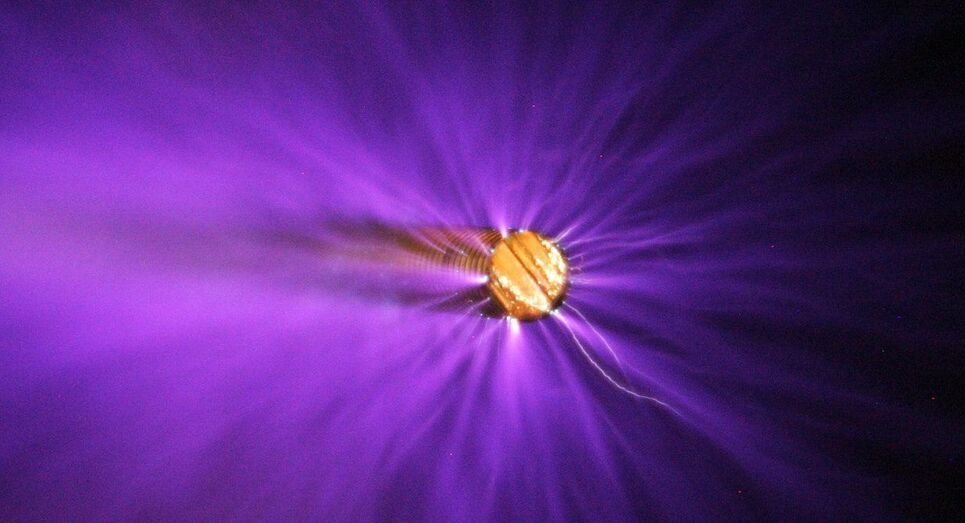NASA’s human spaceflight chief said SpaceX’s Crew Dragon capsule is performing “beautifully” on the ISS as the space agency looks for a backup Soyuz astronaut seat as a safety net.


The agency’s newest rover captured first-of-its kind footage of its Feb. 18 touchdown and has recorded audio of Martian wind.
NASA’s Mars 2020 Perseverance mission captured thrilling footage of its rover landing in Mars’ Jezero Crater on Feb. 182021. The real footage in this video was captured by several cameras that are part of the rover’s entry, descent, and landing suite. The views include a camera looking down from the spacecraft’s descent stage (a kind of rocket-powered jet pack that helps fly the rover to its landing site), a camera on the rover looking up at the descent stage, a camera on the top of the aeroshell (a capsule protecting the rover) looking up at that parachute, and a camera on the bottom of the rover looking down at the Martian surface.
The audio embedded in the video comes from the mission control call-outs during entry, descent, and landing.
For more information about Perseverance, visit https://mars.nasa.gov/perseverance.
Credit: NASA/JPL-Caltech



Circa 2016
The tire of the future is a ball. An unbelievably sophisticated, nature-inspired, magnetic-levitation-infused ball. Goodyear just revealed its vision for a concept tire that’s intended for the self-driving car of tomorrow. It’s called Eagle-360, and it’s totally round.

Today, the most common use cases are much more mundane, including smartphone-based games and apps like Pokemon Go or Apple’s Ruler app, which use the phone’s screen and camera rather than relying on glasses or another set of screens sitting on your face. The few companies who are actively producing AR glasses are mostly focused on work scenarios, like manufacturing and medicine.
Industry watchers and participants think that Apple has a good chance to validated and revolutionize augmented reality like it did with smartphones.

